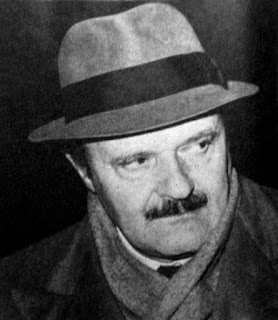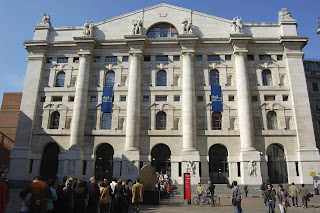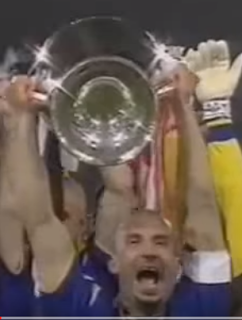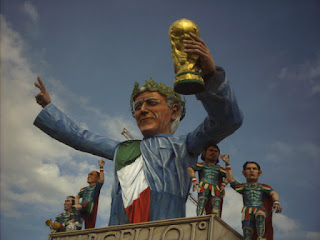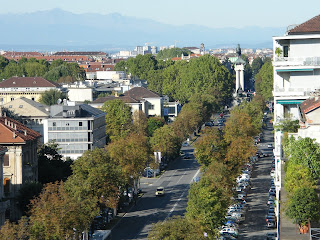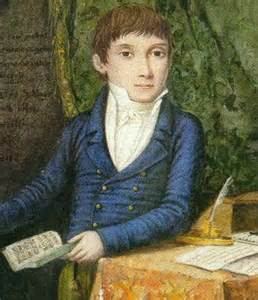Fighter pilot who became first Italian to win a Gold medal
 |
| Lamberto Dalla Costa is carried by members of the Italian team after his victory in 1956 |
Dalla Costa was an adventurous individual with a passion for flying. He joined the Italian Air Force as a volunteer during World War Two and subsequently became a combat pilot who rose eventually to the rank of air marshall. His exploits in action earned him a silver medal for valour.
When Italy was chosen to host the 1956 Winter Olympics at Cortina d'Ampezzo they were determined to have a successful Games and were looking for improvement in bobsleigh in particular, having competed in all six previous Olympics without reaching the podium.
There was a tradition of looking towards the military to provide the crews for the bobsleigh events and Dalla Costa was selected, even though he had never been involved with high-level competitive sport, after demonstrating the right level of skill and discipline.
It was an advantage when the Games came round that Dalla Costa and his colleagues were able to practise on the Cortina d'Ampezzo track, gaining familiarity with every quirk. Partnered with another air force recruit, Major Giacomo Conti, from Palermo in Sicily, Dalla Costa registered the fastest times in all four heats and won the two-man bob event by more than a second from the second Italian crew of Eugenio Monti and Renzo Alvera.
 |
| Evening in Cortina d'Ampezzo, looking towards Campanile Filippo and Giacomo |
Dalla Costa and Conti's success inspired a new surge of interest in bobsleigh in Italy and for the four winter Games Italy was the dominant country, collecting nine medals in the two events.
Already approaching his 36th birthday, Dalla Costa competed for another year but retired after the 1957 World Championships. He was awarded the gold medal by the Italian Olympic Committee in 1965. He died in 1982 at the age of 62 in Bergamo.
Travel tip:
Known as the Queen of the Dolomites, Cortina d'Ampezzo began to attract visitors from Germany and Britain as early as the late 19th century but it was thanks to the 1956 Winter Olympics that Cortina d'Ampezzo took off as a favourite destination for winter holidays. It became popular with the rich and famous, with Sophia Loren, Clark Gable, David Niven, Ingrid Bergman, Brigitte Bardot, Liz Taylor and Richard Burton and Alberto Sordi among the celebrity regulars. During the winter months, the population soars from 6,000 to 50,000. The 50th anniversary of the 1956 Games was celebrated this year with a two-day festival called Cortinissima 56.
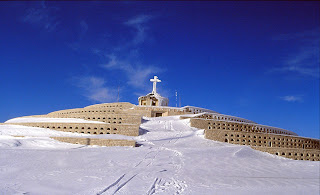 |
| The military monument on the summit of Monte Grappa (Photo: Nikmilano CC BY-SA 3.0) |
Crespano del Grappa is a small town situated in the shadow of Monte Grappa, part of what is known as the pre-Alps, to the north of the Venetian plain, rising to 1,175 metres above sea level. Monte Grappa was the setting for decisive battles during World War One and is now the site of a vast military cemetery, Cimo Grappa. At the highest point is a monument, opened in 1935, in which are housed the remains of some 12,615 soldiers, with as many as 10,332 unknown. The monument is composed of five concentric rings positioned one above the other so as to form a pyramid. At the top is the Sanctuary of the Madonna del Grappa.
Home
